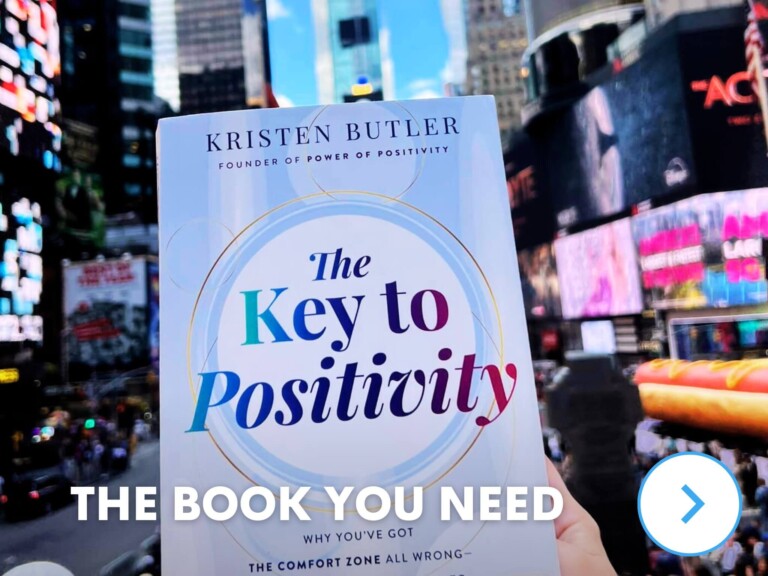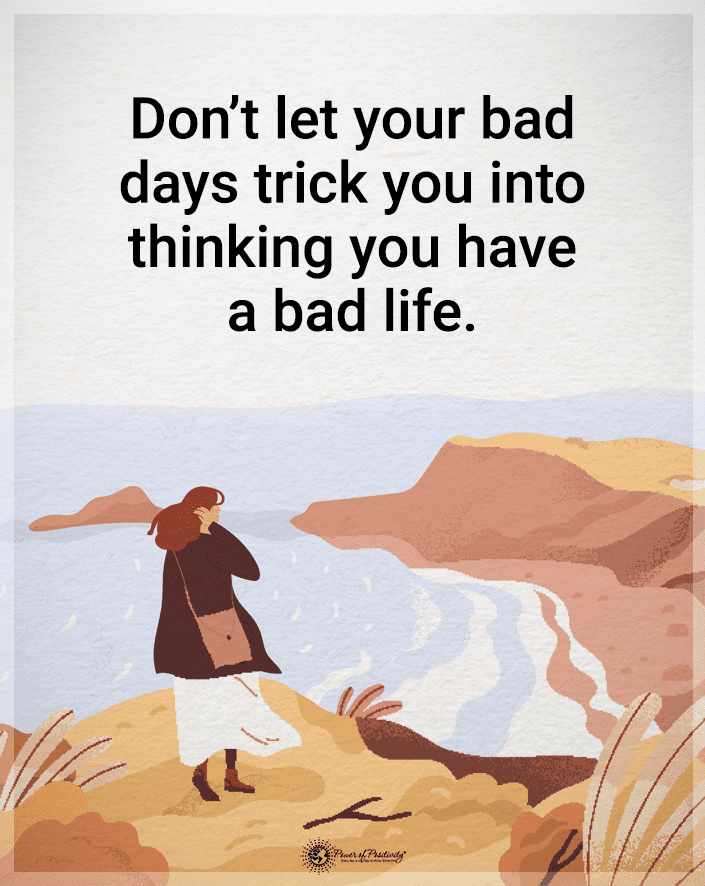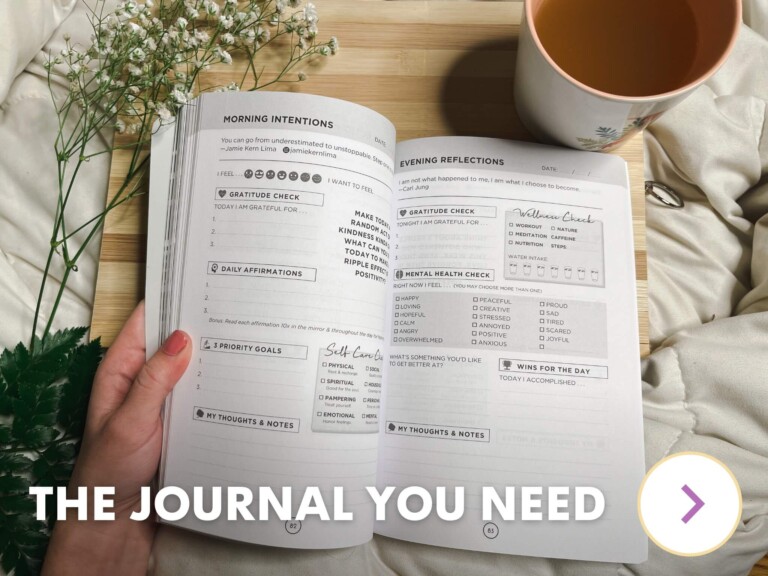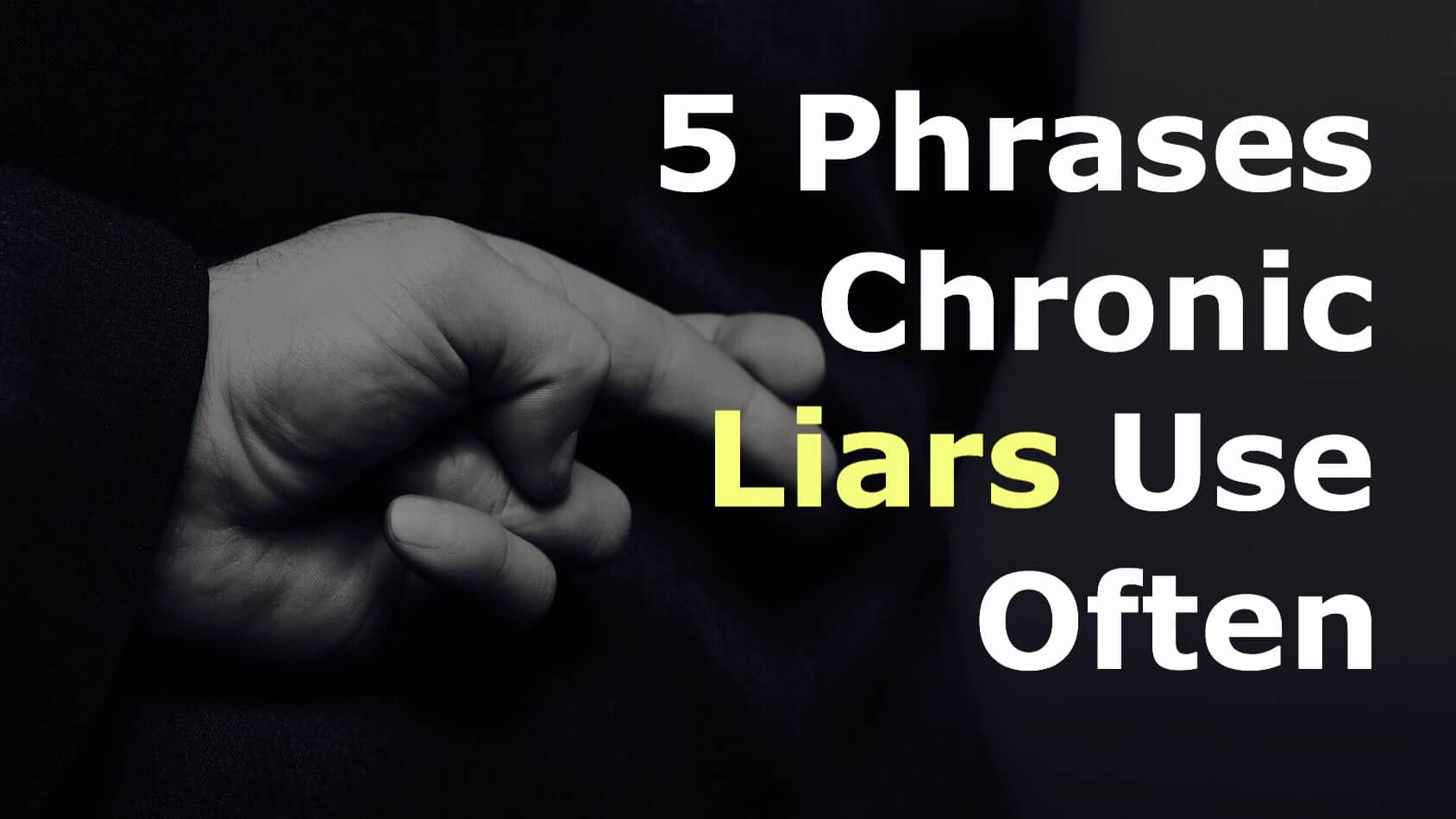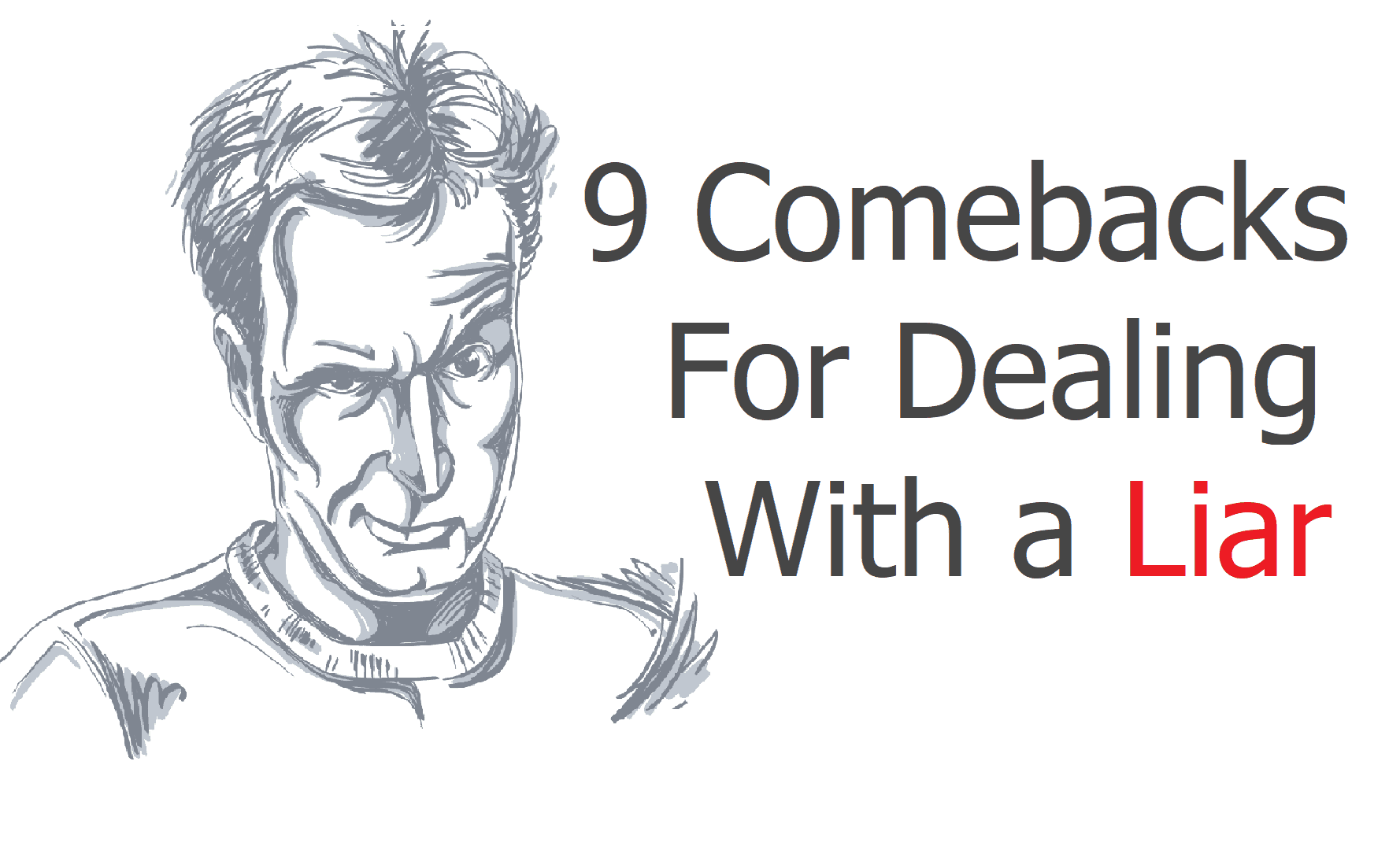A disorganized attachment style might explain why you often find yourself in rocky relationships.
Have you ever found yourself in a relationship that feels like an emotional rollercoaster? Where one minute everything seems perfect, and the next, you’re left confused and uneasy? This could signify disorganized attachment, a complex and often misunderstood aspect of human relationships.
This article explains disorganized attachment, how it forms, and its impact on adult relationships. Understanding these dynamics is key for the health and well-being of your relationships.
What is Disorganized Attachment?
Disorganized attachment originates from psychology, specifically studies examining the bond between infants and their parents or caregivers. Unlike secure attachment, where a child feels safe and confident in their caregiver’s responsiveness and availability, disorganized attachment is marked by fear, confusion, and contradiction. This type of attachment often develops in early childhood and can result from caregivers who are inconsistent, emotionally unavailable, or even frightening at times.
Picture a child who reaches out to their parent when scared but pulls away when the person approaches. This contradictory behavior reflects the child’s inner conflict and uncertainty about whether the caregiver is a source of safety or fear. It’s like having a compass that points in multiple directions simultaneously. The child craves comfort but is also scared or confused by it.
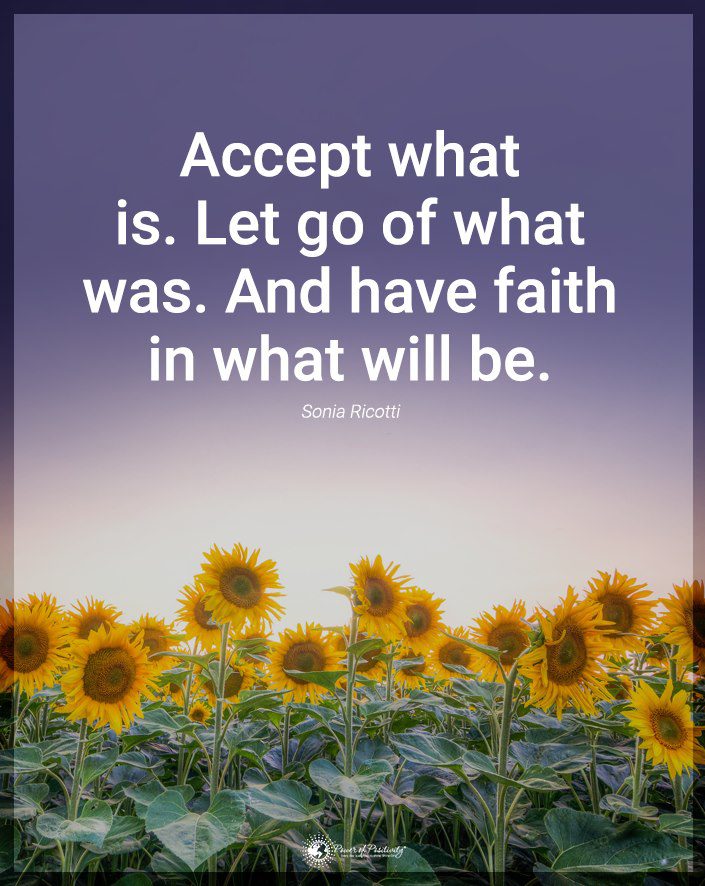
How Does Disorganized Attachment Affect Adult Relationships?
Harvard University research explains how the attachment style formed during childhood often carries over into their romantic partnerships. The inconsistency and confusion experienced in childhood can manifest in adult relationships in various ways. You might notice patterns of being close one moment and distant the next, struggling with trust, or feeling overwhelmed by intimacy.
Understanding that these behaviors and feelings stem from early experiences can be a revelation. It provides a context for understanding why some relationships feel so challenging and why reactions in certain situations seem disproportionate or confusing.
Know These Ten Signs of Disorganized Attachment
Recognizing the signs of disorganized attachment in ourselves or our partners is crucial for nurturing healthier relationships. It’s not labeling or blaming. Rather, it helps gain insight into the underlying causes of our relationship dynamics. Once we understand these patterns, we can begin to address these issues on our own or with professional help.
Awareness is the first step toward change.
When we start acknowledging and understanding the role of disorganized attachment in our adult relationships, we can start to untangle the web of emotions and reactions that may have puzzled us. This awareness paves the way for more secure, stable, and fulfilling connections with those we love.
Sign 1: Inconsistent Responses to Intimacy
One of the hallmark signs of disorganized attachment in relationships is inconsistent responses to intimacy. Individuals with this attachment style may fluctuate between seeking closeness and avoiding it, often in ways that can be confusing to their partners. For instance, they might initiate a romantic gesture or express a desire for emotional depth, only to withdraw or shut down emotionally soon after.
This inconsistency is not just confusing for their partners; it’s often deeply unsettling for the individuals. Imagine someone who suddenly needs to create distance after an intimate moment. This reaction might manifest in avoiding calls, being emotionally unavailable, or even picking arguments.
Sign 2: Emotional Regulation Challenges
People with disorganized attachment often face significant challenges in managing their emotions. Their responses can be unpredictable and may seem disproportionate to the situation. For example, a small disagreement might trigger an intense emotional reaction, or they might experience sudden mood swings.
These emotional regulation difficulties have a profound impact on relationship dynamics. Partners might feel like they’re walking on eggshells, unsure of what might trigger an extreme reaction. Moreover, the person with disorganized attachment might feel overwhelmed by their emotional responses, creating a cycle of guilt and confusion.
Sign 3: Contradictory Behaviors
Another sign of disorganized attachment is engaging in behaviors that seem counterintuitive to forming a stable relationship. For instance, someone might deeply desire a lasting, intimate relationship but simultaneously engage in actions that sabotage it, like flirting with others or keeping secrets.
These behaviors often stem from an internal struggle. There’s a desire for closeness and stability but also a deep-seated fear that intimacy will lead to pain or loss. This conflict can manifest in actions that are contradictory to their relationship goals.
Sign 4: Fear of Intimacy and Rejection
A paradoxical aspect of disorganized attachment is the simultaneous fear of intimacy and rejection. On one hand, there’s a longing for close, secure relationships. Conversely, there’s a profound fear that becoming too emotionally involved will lead to hurt or abandonment.
This fear can manifest in various ways in a relationship. Someone might hesitate to commit, even in a long-term relationship, or might react defensively to conversations about the future. The underlying fear of intimacy creates a barrier to forming truly deep and secure connections.
Sign 5: Trust Issues
Trust is a critical part of every healthy relationship. Still, it’s often a significant challenge for those with disorganized attachment. These individuals might constantly doubt their partner’s intentions, fidelity, or commitment, even without concrete reasons for suspicion.
Building trust in these relationships requires patience and understanding. It often involves both partners’ open and honest communication, reassurance, and consistent behavior. For someone with a disorganized attachment, learning to trust can be a gradual process that requires working through past traumas and fears.

Sign 6: Self-Identity Conflicts
Individuals with disorganized attachment often struggle with a weak or unstable sense of self, which significantly impacts their relationships. Without a strong and stable self-identity, they may rely heavily on their partner for validation and identity, leading to co-dependency or, conversely, fear and avoidance of intimacy. Uncertainty about who they are and what they want can create tension and confusion in relationships. For example, they might continuously shift their preferences, values, or behaviors to align with their partner, losing sight of their identity.
The interplay between self-identity and relationship dynamics is complex. A partner might feel burdened by the responsibility of defining and supporting the other’s identity, leading to an imbalanced and unhealthy relationship dynamic. Developing a stronger sense of self, possibly through therapy or personal growth efforts, is crucial in cultivating healthier relationships.
Sign 7: Communication Difficulties
Effective communication is necessary in any healthy relationship. But it poses significant challenges for those with disorganized attachment. They might struggle to articulate their needs, desires, and emotions, often leading to misunderstandings and conflicts. For example, an individual might feel deeply hurt by something their partner said but cannot express why it was hurtful, leading to unresolved issues and growing resentment.
The difficulty in expressing needs and feelings can stem from a fear of vulnerability or rejection. Encouraging open and honest dialogue, practicing active listening, and seeking professional help can aid in overcoming these communication barriers.
Sign 8: Impulsive and Risky Behavior
Impulsive and risky behaviors, like substance abuse, infidelity, or financial recklessness, are common in individuals with disorganized attachment. These actions often serve as coping mechanisms for underlying emotional turmoil. They can also be a subconscious attempt to create distance in the relationship.
Managing such behaviors requires addressing the root causes. This might involve therapy to explore and resolve underlying issues, develop healthier coping mechanisms, and establish clear boundaries and consequences in the relationship.
Sign 9: Hyper-vigilance or Dissociation
Hyper-vigilance or dissociation is another sign of disorganized attachment. Being overly alert to potential threats in the relationship or, conversely, ‘checking out’ emotionally during stress can create a tense and unstable relationship environment. For instance, hyper-vigilance may manifest as constant anxiety about the relationship’s stability, while dissociation might appear as emotional numbness during conflicts.
Coping with stress and emotional overwhelm involves learning to regulate emotions and responses. Mindfulness practices, therapy, and a supportive network can be beneficial strategies.
Sign 10: Patterns of Abuse or Victimization
Lastly, disorganized attachment can manifest in patterns of abuse or victimization. This might involve being drawn into abusive relationships or displaying abusive behaviors, often as a result of unresolved trauma and attachment issues.
Handling this sign requires sensitivity and care. It’s important for individuals experiencing abuse or engaging in abusive behaviors to seek professional help. Support networks, therapy, and sometimes legal intervention are necessary to ensure safety and begin the process of healing and change.
Final Thoughts on the Implications of Having a Disorganized Attachment Style
Disorganized attachment is a deeply ingrained and complex aspect of interpersonal relationships, often rooted in our earliest development stages. The signs of this attachment style are multifaceted and can significantly impact relationship health and personal well-being.
Recognizing these signs is crucial for understanding the complexities of your relationship dynamics and fostering a journey toward healing and growth. It’s important to remember that these patterns are not set in stone. With awareness, support, and professional guidance, it is possible to develop healthier ways of relating to others.
For those who identify with these signs or recognize them in their partners, remember: you are not alone, and help is available. No matter how challenging, relationships can be a powerful catalyst for personal growth and transformation. Seeking therapy, joining support groups, or starting a conversation about attachment styles can open doors to healthier, more fulfilling relationships. Remember, the path to a better relationship with others begins with a deeper understanding and compassionate relationship with yourself.
Ultimately, the goal isn’t to attain perfection in relationships. Instead, embrace the journey of learning, understanding, and growing together. Each step towards understanding disorganized attachment is a step toward building stronger, more resilient, and more meaningful connections.





